
Reefnewbie
-
Posts
29 -
Joined
-
Last visited
-
Days Won
1
Content Type
Profiles
Forums
Gallery
Posts posted by Reefnewbie
-
-
-
3 hours ago, XXTKHXX said:
PM sent -
Hi, where’s your location?
-
-
PM sent
-
Sold…. Thanks
-
Have an extra ATC refractormeter for sale. Already calibrated
Brand New. Never use before. Letting go at $18.
Self collect at Shunfu Estate/Marymount MRT exit.
Interested please PM
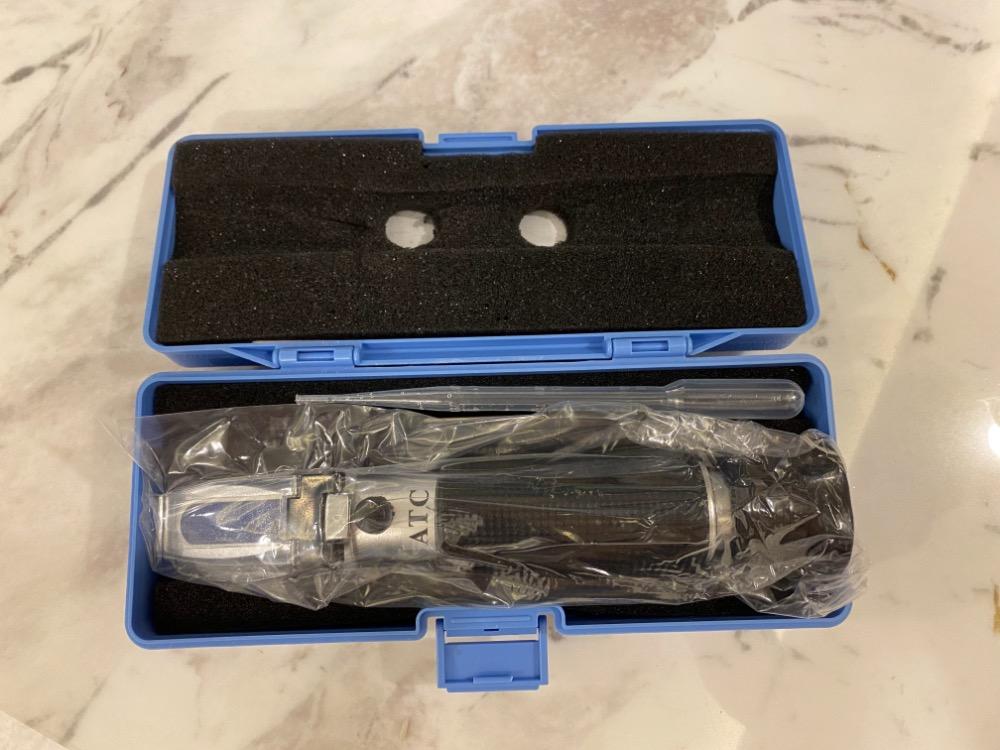
-
19 minutes ago, JiaEn said:
I believe how HP helps is through preventing secondary bacteria infections.
The concentration of HP will hardly affect the attached parasites or ich cysts. The reduction of spots is likely due to the life cycle of ich parasites, and in the long run, the fishes' immune response.
It's good though, to give the fishes every possible help so they can overcome the disease.
Indeed. Doing everything to help the fishes fight on their own
-
Today is Day 5.
spots on the maroon clown are all gone. Other fishes remain spotless. All active and eating
No more spots. Fingers crossed
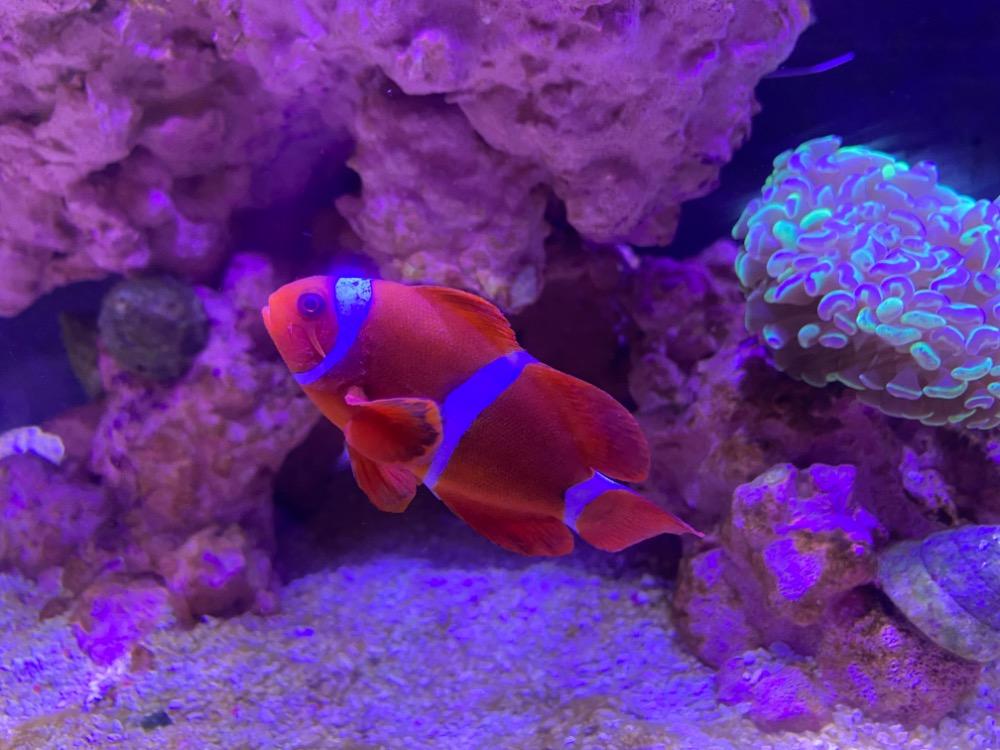
-
Currently with the exception of the maroon clown, all the other fishes are free of white spots.
Today is Day 3 into the treatment.
Corals, clams, snails and shrimps are all doing fine.
As per attached pic, the blue circled area of the clown is now spotless. Will continue till the rest of the spots clear up.
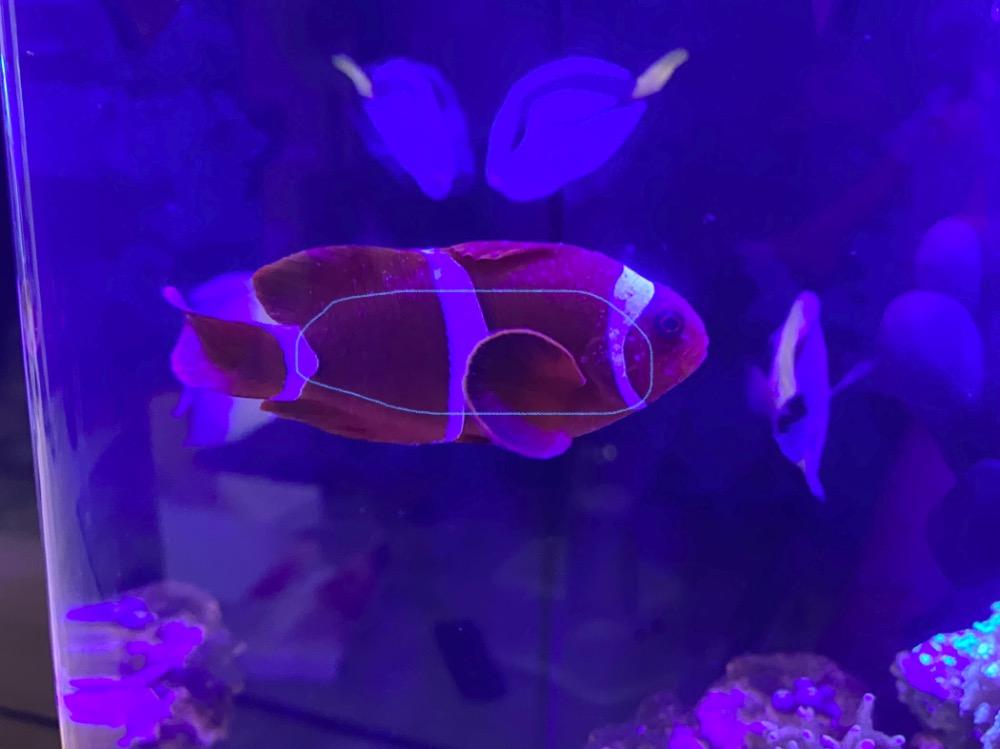
-
1 hour ago, Indeco said:
That great, this solution is much better than copper for treating ich in QT.
Wait for your further update bro!I would put in a caveat.
According to opinions and posts in other overseas forums, this method helps to relieve the fishes of the ich. However, the ich parasite would still be living in the maintank and would not be eradicated.
So it is more of a form of ich management. Which should be reinforced with good water management and keeping the fishes healthy so that they can naturally fight off the ich
-
53 minutes ago, noobhobbyist said:
Good to hear another positive experience with HP!
I had some success more than a year ago with using HP for an ich outbreak too and didn’t experience any negative effects. The white spots started disappearing from the 1st day of dosing too.
Can I check which Watson HP are u using?
The previous food grade HP that I used is no longer selling on Shopee.
Good luck in the coming 2 weeks!
Sent from Singapore Reef Club mobile appI am using this one.
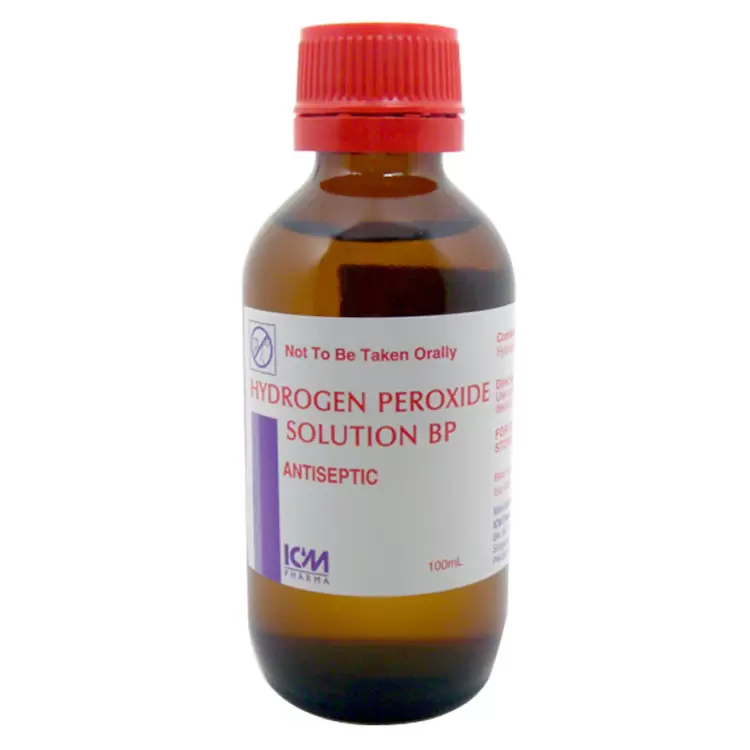
-
8 hours ago, Indeco said:
Thx for the sharing bro, just to confirm the white spot is ich and not velvet?
I do understand H2O2 bath can cure velvet effectively.
Any parameters swing you noticed? E.g PHYup. Should be ich. As for parameters, no swing in them. I am using quite a low dosage.
not keen on doing bath as once i tried FW dip and it quite of stressed up the fish quite a fair bit.
Going forward, I think I am gonna use isolation boxes when introducing new fishes to the maintank to reduce stress for the inhabitants
-
Sharing my experience so far of using hydrogen peroxide to fight white spots on my fishes.
Recently introduced 2 new fishes (Powder Brown Tang + Blue Tang) into my main tank. I guessed the introduction stressed up all the fishes as they needed to establish a new pecking order. 1 week later, the PBT developed tiny white spots on its body. Thinking it was the due to stress faced by most fishes in a new environment, I decided to monitor for the time being.
A few days later, my existing brown tang, singapore angel and a maroon clown also started developing white spots. At this point, these 3 folks were still eating well. Fast forward another 2 days, these 3 folks started to hide in the rocks and were not eating. I was getting worried. Soon after, the PB Tang which was the first to had white spots dropped dead.
While searching on the internet, I came across several postings on various reef keeping forum about using hydrogen peroxide to fight white spots. Following their dosage recommendations, I added 1 ml/gallon of H2O2 to the tank. I used the 3% concentration H2O2 bought from Watsons. The regime requires me to dose once every 8 hours for at 2 weeks. This dosage is supposedly safe to corals, clams and other inverts.
Day 1: Added first dose at 1 pm.
All existing fishes were hiding in the rocks and not eating. My brown tang looked bad. Whole body covered in white spots. Even the fins had white blotches. Singapore Angel was lying on its side inside a cave. Basically, all of them looked like they're going to die soon.
1.5 hours after adding first dose, the fishes started coming out and were swimming actively. The angel and tang were eating from the nori clipped to the wall.
Second does at 9 pm.
All fishes still swimming and eating. Looks pretty active. Around 11 pm, just before I switch off the lights, I notice the spots on the brown tang had mostly cleared up.
Third does at 7 am.
Couldnt wake up on time at 5 am! Hahaha. Added in the 3rd does. Checked on the fishes. The white spots on the brown tang are completely gone. Spots on the maroon clown and Singapore angel have also lessen considerably. Threw in some pellets and they started fighting for it. Looks good.
Existing soft corals all okay. Snails and clams also doing fine.
Will continue the regime for 2 weeks and update accordingly
Note: This H2O2 dosing method is pretty controversial as there are conflicting write-ups about it. So if anyone wanna attempt it, do so at your own risk
-
PMed you

-
22 minutes ago, nkxyy said:
heard from a few people the business there not honest. Also personal experience and facebook and google reviews.
Sent from Singapore Reef Club mobile app
Yeah. The lady there was constantly trying to sell fishes/corals to me without checking on my proficiency in reefing (i am new to this)
she was trying to sell me a juvenile Clown Tang! Interestingly, I was watching a youtube clip with my son the night before on Tangs and the clown tang is one of the most aggressive Tangs out there! Certainly not recommended for a novice like myself.
-
14 minutes ago, haloworld said:
Alveopora
Where they differ is the number of tentacles on each polyp. Alveopora have 12 tentacles on each polyp while Goniopora have 24. That is the quickest and easiest way to differentiate the two. Second, Alveopora may be a hardier specimen than Goniopora.
Cool. Thanks. I counted and there are 12 petals/tentacles.
-
Was at Jireh juz now. They have a couple of varieties of designee clowns eg: mozart, platinum, white storm etc
-
Wifey came back with this which I have no idea what it is as I am still new to reefing.
Any one can help ID?

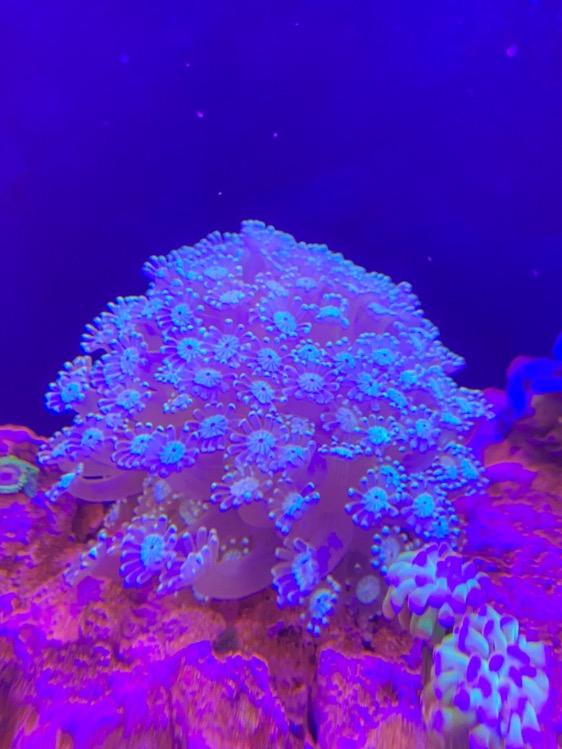
-
3 hours ago, nkxyy said:
yes
Sent from Singapore Reef Club mobile app
Cool. Thanks
-
Noob here. Are these 3 shops related to each other?
-
16 minutes ago, nkxyy said:
always 100% blue and purple white can be ~15-25% see wht colour u like honestly rest jst 10% corals utilises blue more so yeah
Sent from Singapore Reef Club mobile app
Thank you!!
-
Hi,
just gotten a new LED light which I can adjust the % of each colour.
I have couple of soft corals like cloves, hammer and GSP. One maxima clam and one bubble tip anemone.
Tank is a 63 litre nano
What are the suggested setting/percentage for each colour?
thanks!
-
I am using Life brand distilled water from NTUC to top daily evapouration since mine is a nano tank. Around 1 litre
Much easier than mixing reef salt becos I understand salt mixed water cant keep for long.

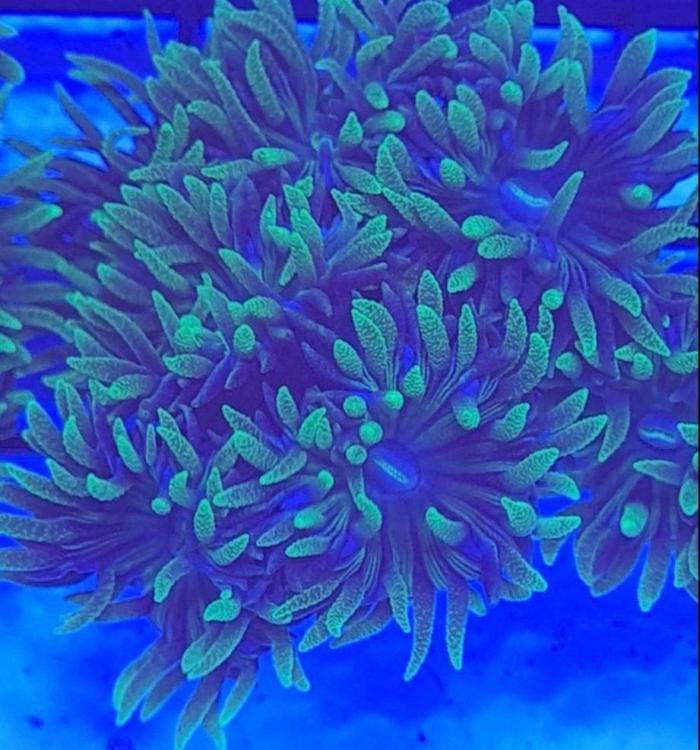
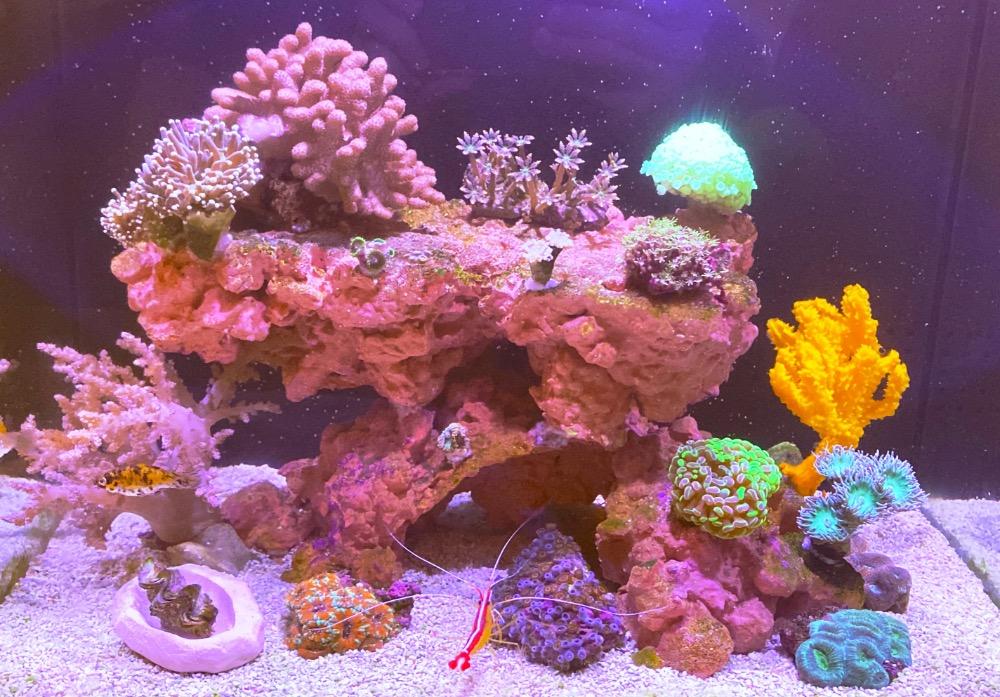
More rbta to clear
in Sell off/Pasar Malam Shop
Posted
Location please